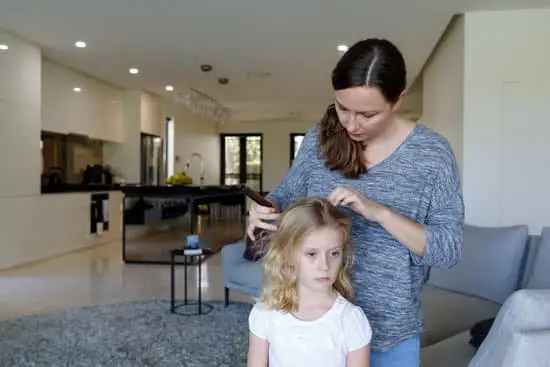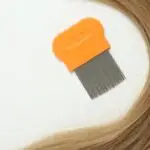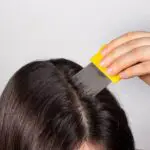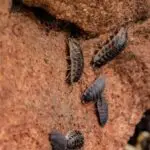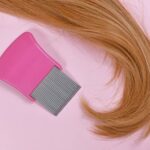Who Can Check For Head Lice?
If you suspect that your child may have head lice, you need to see a health care provider as soon as possible. A health care provider will examine your child’s hair thoroughly, ensuring that there are no live lice. The health care provider will use a fine-toothed comb to carefully examine the child’s scalp. He or she will also check the hair for any eggs. If you find any eggs, treat them immediately.
There are many ways to prevent head lice. First, keep your child from touching others’ heads. Avoid sharing towels, combs, and bandanas with other children. Also, do not let your child share pillowcases, bedding, or blankets. Head-to-head contact is the main source of transmission.
Head lice are tiny insects that live on the scalp. They are gray or pale in color and about the size of a sesame seed. They feed on small amounts of blood from the scalp. The lice cannot survive more than one day without a blood meal. They also lay eggs, known as nits. The eggs of head lice are oval in shape and yellow to white in color.
Head lice are often difficult to find, and a child scratching his or her head does not necessarily mean that they have head lice. A child’s scratching may be caused by other conditions, including dandruff or eczema, or an allergic reaction to a hair care product. Head lice are hard to spot because they are so small and can blend in with the hair. Children with long hair have a harder time identifying them, so it’s important to check their hair as soon as you notice any signs of lice.
